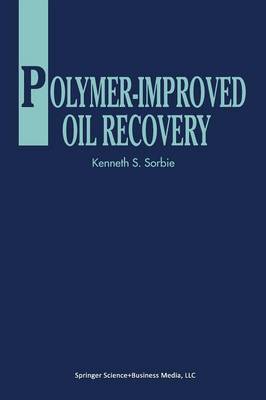The importance of oil in the world economy cannot be overstated, and methods for recovering oil will be the subject of much scientific and engineering research for many years to come. Even after the application of primary depletion and secondary recovery processes (usually waterflooding), much oil usually remains in a reservoir, and indeed in some heterogeneous reservoir systems as much as 70% of the original oil may remain. Thus, there is an enormous incentive for the development of improved or enhanced methods of oil recovery, aimed at recovering some portion of this remainil)g oil. The techniques used range from 'improved' secondary flooding methods (including polymer and certain gas injection processes) through to 'enhanced' or 'tertiary' methods such as chemical (surfactant, caustic, foam), gas miscible (carbon dioxide, gas reinjection) and thermal (steam soak and drive, in-situ combustion). The distinction between the classification ofthe methods usually refers to the target oil that the process seeks to recover. That is, in 'improved' recovery we are usually aiming to increase the oil sweep efficiency, whereas in 'tertiary' recovery we aim to mobilise and recover residual or capillary trapped oil. There are a few books and collections of articles which give general overviews of improved and enhanced oil recovery methods. However, for each recovery method, there is such a wide range of interconnected issues concerning the chemistry, physics and fluid mechanics of flow in porous media, that rarely are these adequately reviewed.
- ISBN13 9789401053549
- Publish Date 20 April 2014 (first published 30 June 1991)
- Publish Status Active
- Publish Country NL
- Imprint Springer
- Edition 1991 ed.
- Format Paperback
- Pages 359
- Language English
